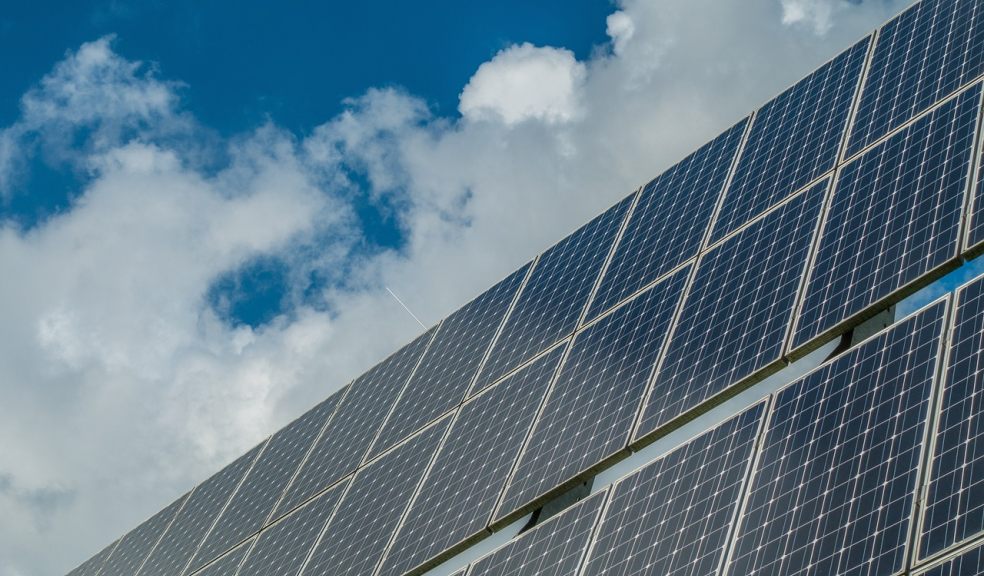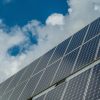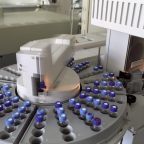
4 Things You Need to Know About Photovoltaics
It's the incredibly awesome direct conversion of sunlight into energy, with no moving parts, no radioactive waste or radiation, no chemical processes, no greenhouse gasses released, no noise, and no maintenance (unless you want to wash them off every once in a while).
It seems to be too wonderful to be true, but it isn't. The biggest disadvantage in the past was simply the high cost. But everything has changed now. Around the previous decade, manufacturers all over the globe have increased manufacturing capacity, and the cost of solar has plummeted by almost 80%! As a result, it is now considerably more inexpensive. For this purpose the best one is Chint AstroTwins Photovoltaic.
-
The cells never run out of power
The electrons at the cell's front surface are gathered by extremely thin grid lines placed on the cell's front surface. They flow into thicker busbars (metallic strips or bars used for electric power distribution), much like individual automobiles on residential streets crowding into a freeway—except they're all moving at near light speed!
The electric current then passes across a circuit, giving up its voltage potential as electrical energy. The depleted electrons then continue to travel through the electrical circuit until they reach the rear side of the solar cell and recombine with the holes they left behind.
So the electrons in the solar cell never 'run out,' they're constantly in a circuit flowing around and around, obtaining energy (voltage potential) from the sunshine photons, giving up that energy in the circuit load, and then flowing back into the solar cell to repeat everything over and again.
-
Photovoltaics from the sun
Solar photovoltaics (also known as "solar cells" or "solar panels") is an electric power system that transforms solar radiation (the sun's light energy) into direct current (DC). Solar panels in a conventional solar PV system capture sunlight and turn it into electricity, producing clean and sustainable energy even when the sun isn't shining brightly.
Solar PV has been recognized as a promising renewable energy source since the turn of the century, and developments of all kinds (scientific, technological, industrial, and logistical) have been on the rise, with production doubling every two years or so. As a result, it is one of the world's most rapidly growing renewable energy technologies.
This trend is likely to continue as more government-backed incentives are given to owners of solar PV systems (e.g., tax breaks, payment for energy supplied to the grid, and feed-in tariffs).
-
What is the Process of Photovoltaics?
Edmund Bequerel, a French scientist, discovered the photoelectric effect in 1839, when he discovered that some materials produced tiny quantities of electric current when exposed to light. Albert Einstein explained the nature of light and the photoelectric effect, which is the foundation of photovoltaic technology, in 1905, for which he subsequently received the Nobel Prize in Physics. Bell Laboratories created the first solar module in 1954.
It was marketed as a solar battery, but it was primarily a curiosity since it was too costly for broad usage. The space industry started to make substantial use of the technology to supply electricity onboard spacecraft in the 1960s. Technology evolved, dependability was proven, and costs started to fall as a result of space initiatives. During the 1970s energy crisis, photovoltaic technology gained popularity as a source of electricity for non-space uses.
A photovoltaic module is a collection of solar cells that are electrically coupled to one another and are fixed on a support structure or frame. Modules are intended to provide power at a certain voltage, such as a standard 12 volt system. The amount of light that hits the module directly affects the current generated.
-
Thin crystalline silicon wafers are treated with two additional semiconductor elements, boron (B) and phosphorus (P), to create a functional solar cell (P)
The boron and phosphorus interact with the silicon to form an electric field that spreads out just under the front surface of the whole cell and is permanently locked in the crystal structure. The fascinating thing now is that when sunshine photons pierce the silicon crystal, the electrostatic field separates the negative electrons and positive holes, and the electrons flow to the front of the cell while the holes travel to the rear, resulting in an electric current with voltage potential.














